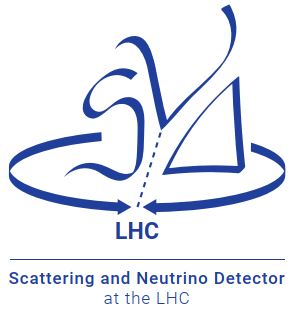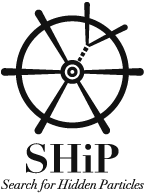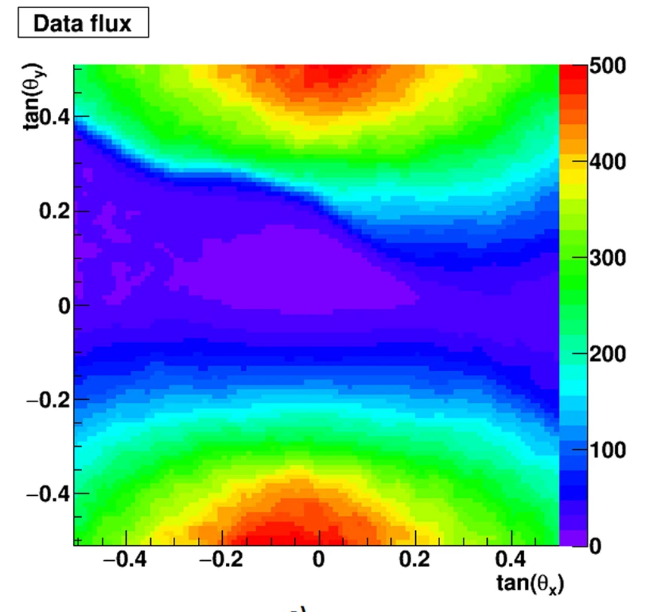NEWSdm (Nuclear Emulsions for WIMP Search-directional measurement)

The existence of dark matter has been proven by many pieces of evidence, but its nature remains unknown. One of the most compelling theories introduces new Weakly Interacting Massive Particles (WIMPs) as dark matter candidates. NEWSdm proposes the use of a detector based on nuclear emulsions to measure the direction of WIMP-induced nuclear recoils.
Official website: https://news-dm.lngs.infn.it/
SND@LHC (Scattering and Neutrino Detector at the LHC)

SND@LHC is a compact and stand-alone experiment to perform measurements with neutrinos produced at the LHC. It is designed to explore a hitherto unexplored pseudo-rapidity range of 7.2 < η < 8.6. SND@LHC can identify high energy neutrinos of all flavours.
Official website: https://snd-lhc.web.cern.ch/
Search for Hidden Particles (SHiP)

SHiP is a proposed experiment to search for new physics in the intensity frontier. It is based on a new fixed-target facility at the SPS collider at CERN, providing high intensity beam of 400 GeV/c proton. The Scattering and Neutrino Detector, employing nuclear emulsion films, can detect neutrino interactions and search for light dark matter scattering in a clear environment.
Official website: http://ship.web.cern.ch/
FOOT (FragmentatiOn Of Target)

FOOT experiment aims at improving hadron therapy techniques by studying the interactions of beam particles with human tissues. Indeed, fragments produced in interactions between beam and target may impact not only on tumors, but also on near healthy tissues. Therefore, accurate knowledge of these processes is needed to plane safe medical therapies. FOOT aims at measuring nuclear fragmentation cross section with accuracy better than 5%.
Official website: https://web.infn.it/foot/
Muon radiography

Muon radiography (or muography) consists in observing the differential absorption of muons, in order to study the transversed object, such a volcano or a pyramid. A spatial resolution of tens of metres can be obtained, by employing nuclear emulsion chambers as a compact and easy to install detector. From the measured angles of the muons, the profile of the studied structure can be reconstructed.
Image from paper: Tioukov, V., Alexandrov, A., Bozza, C. et al. First muography of Stromboli volcano. Sci Rep 9, 6695 (2019). https://doi.org/10.1038/s41598-019-43131-8
